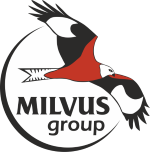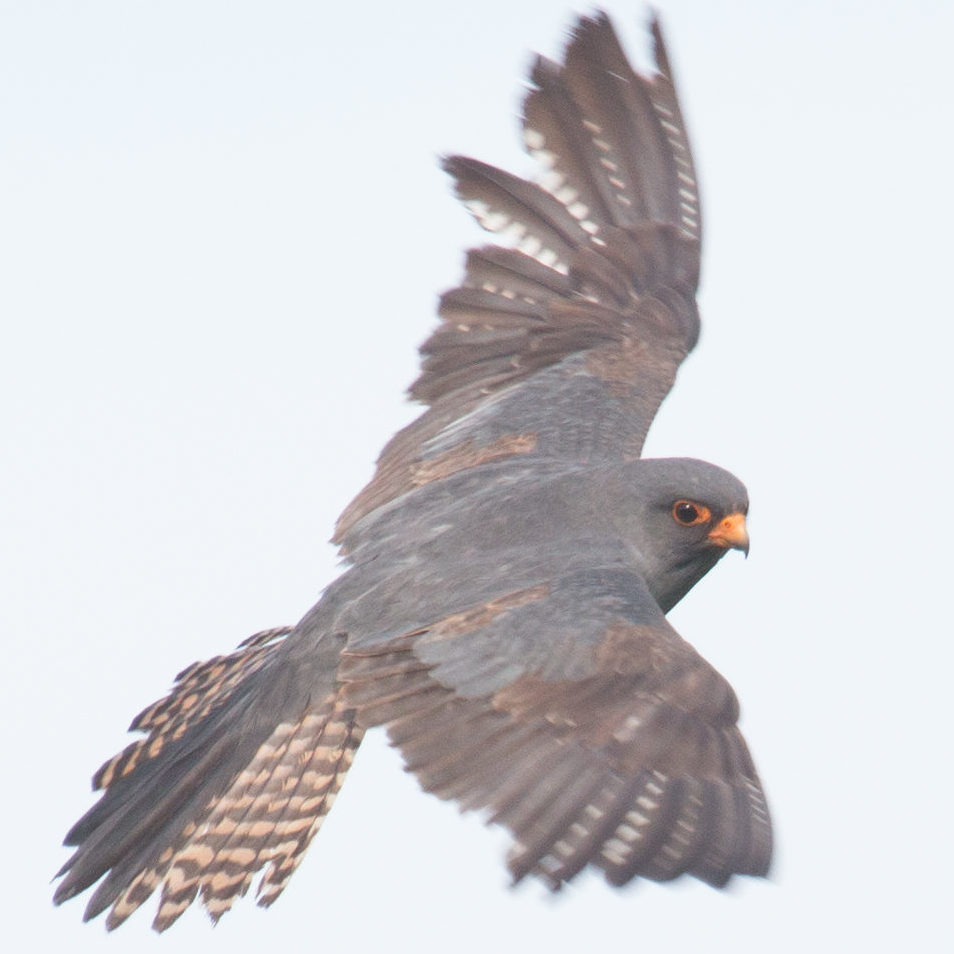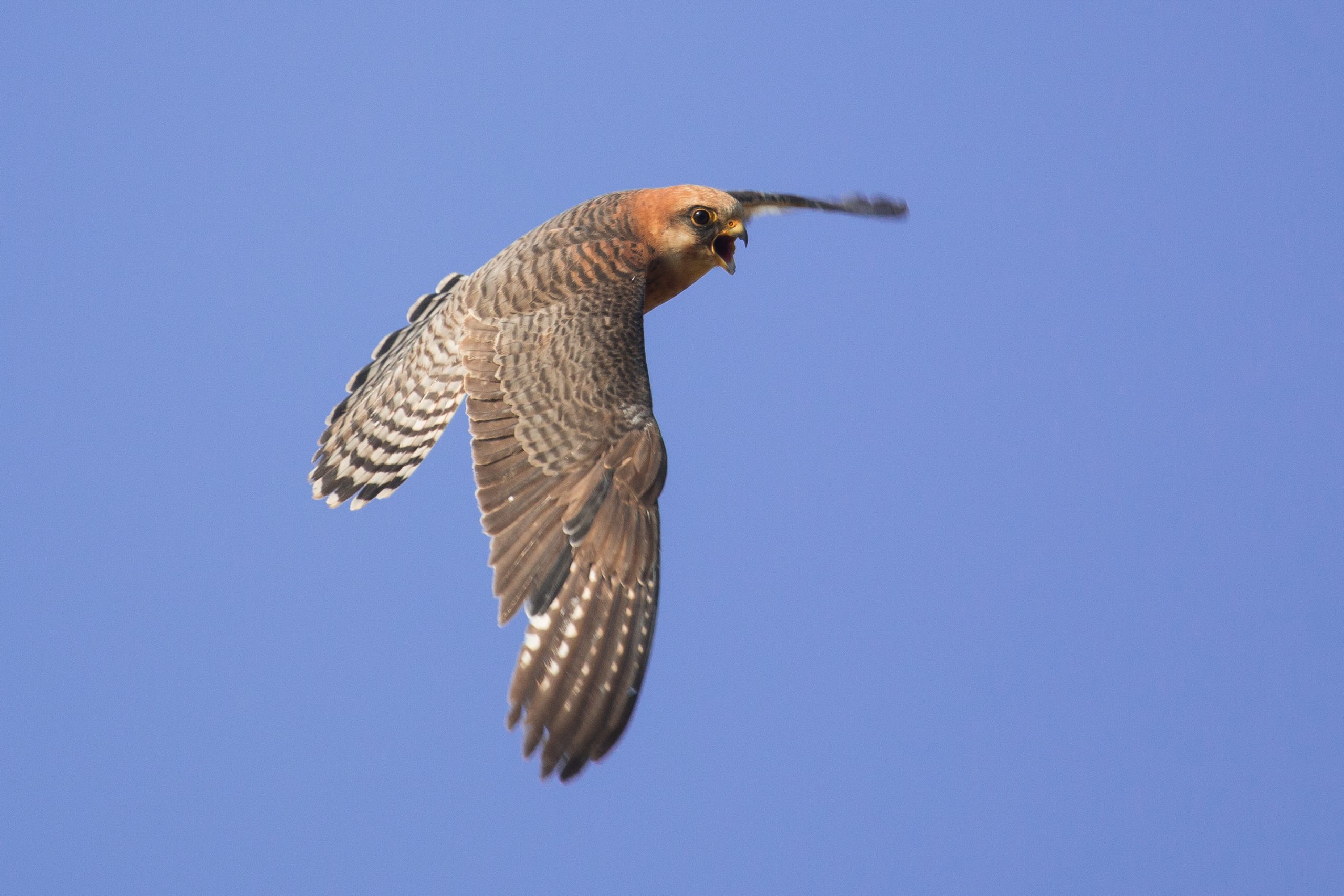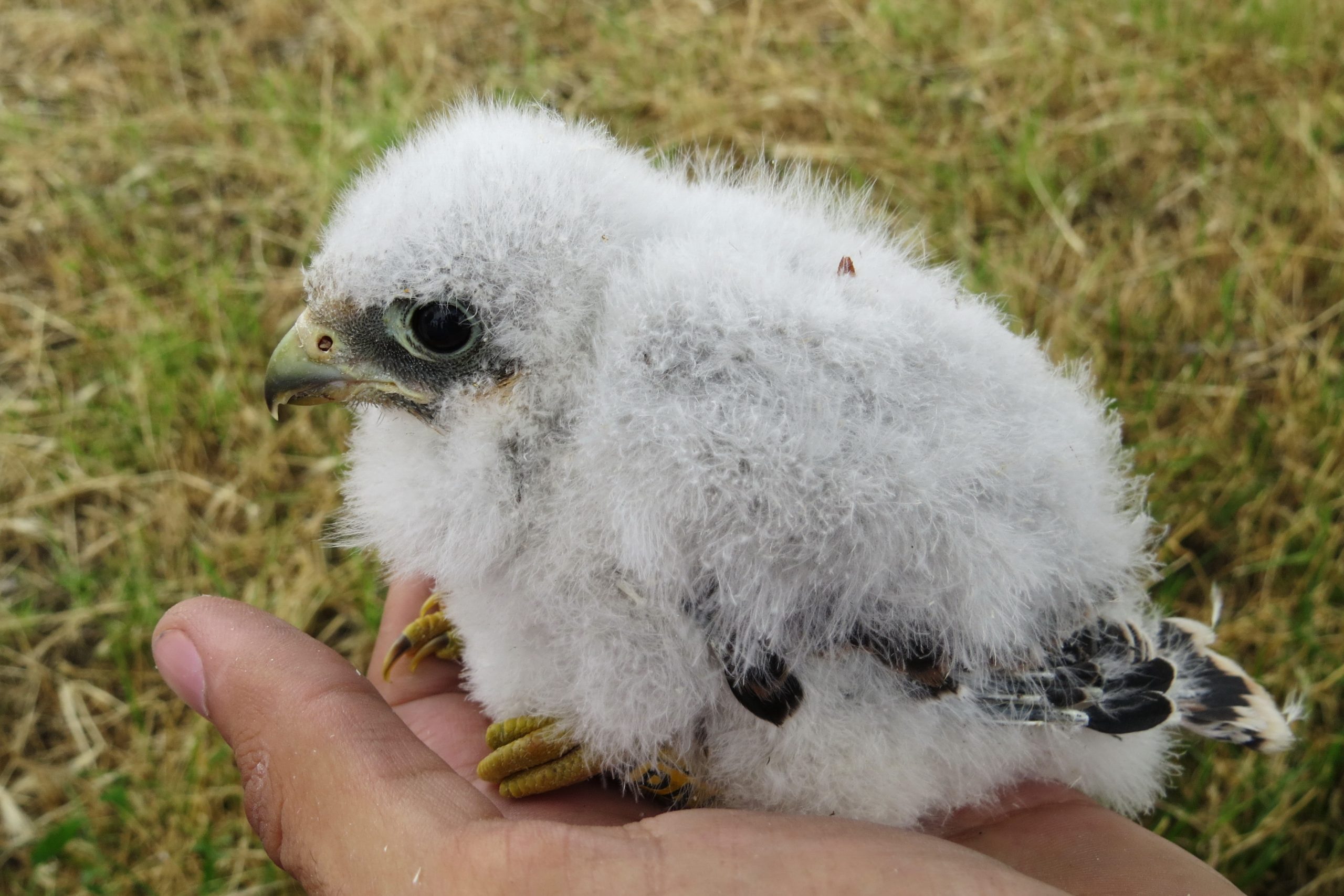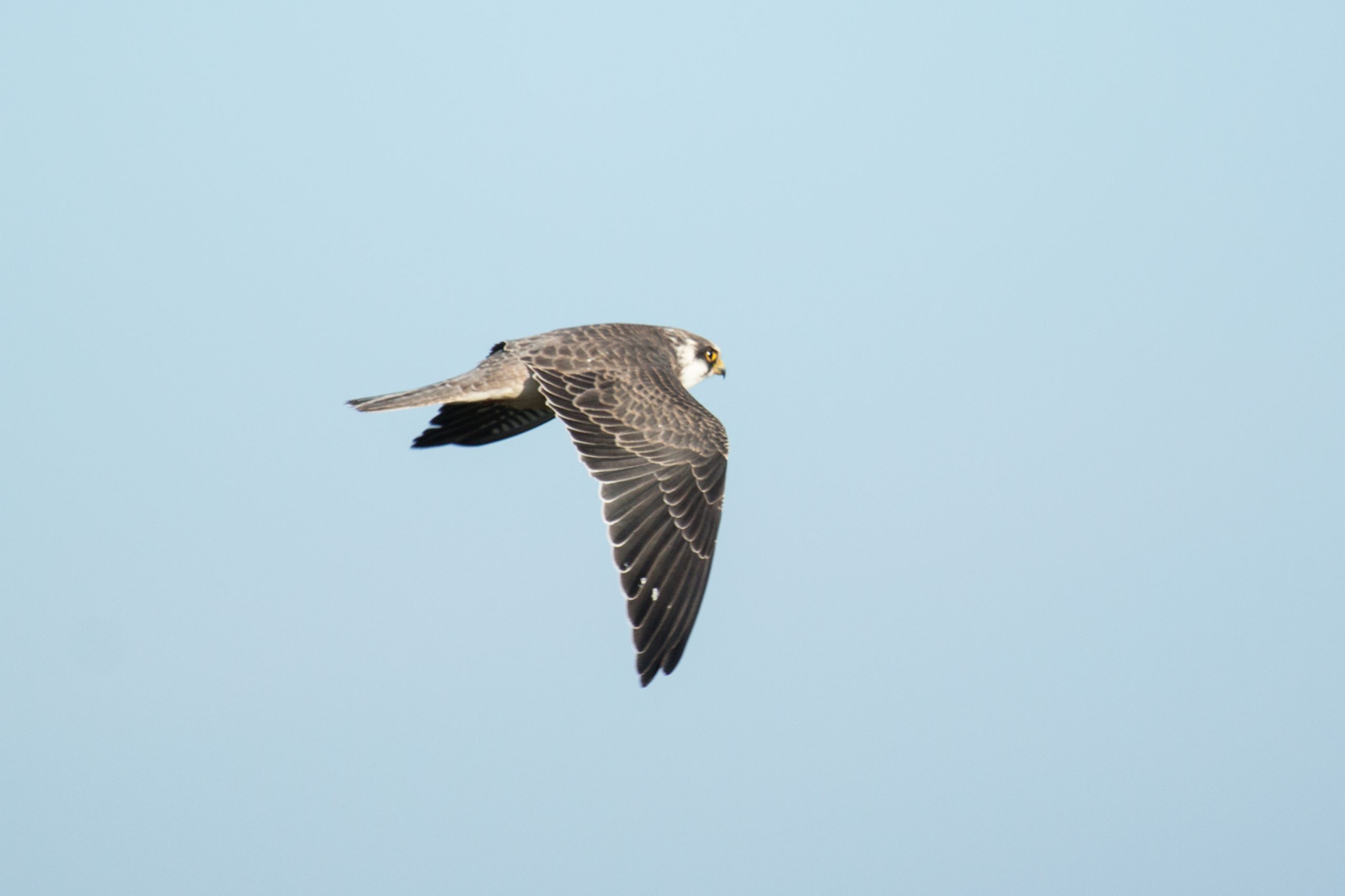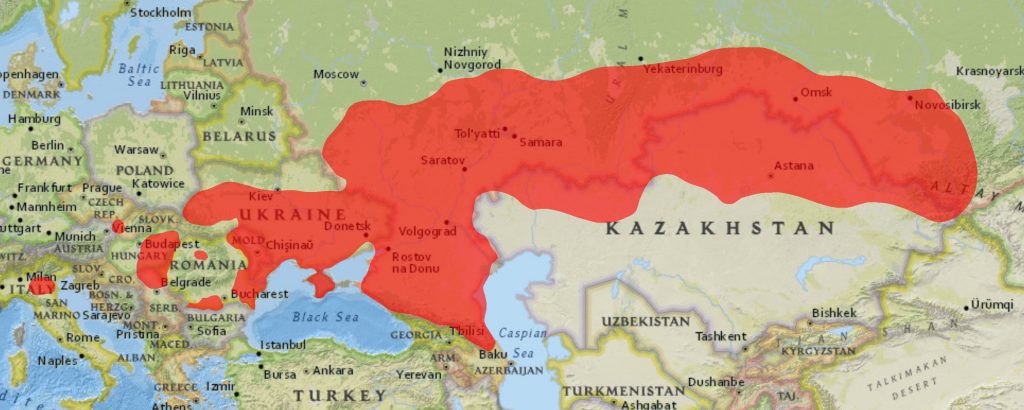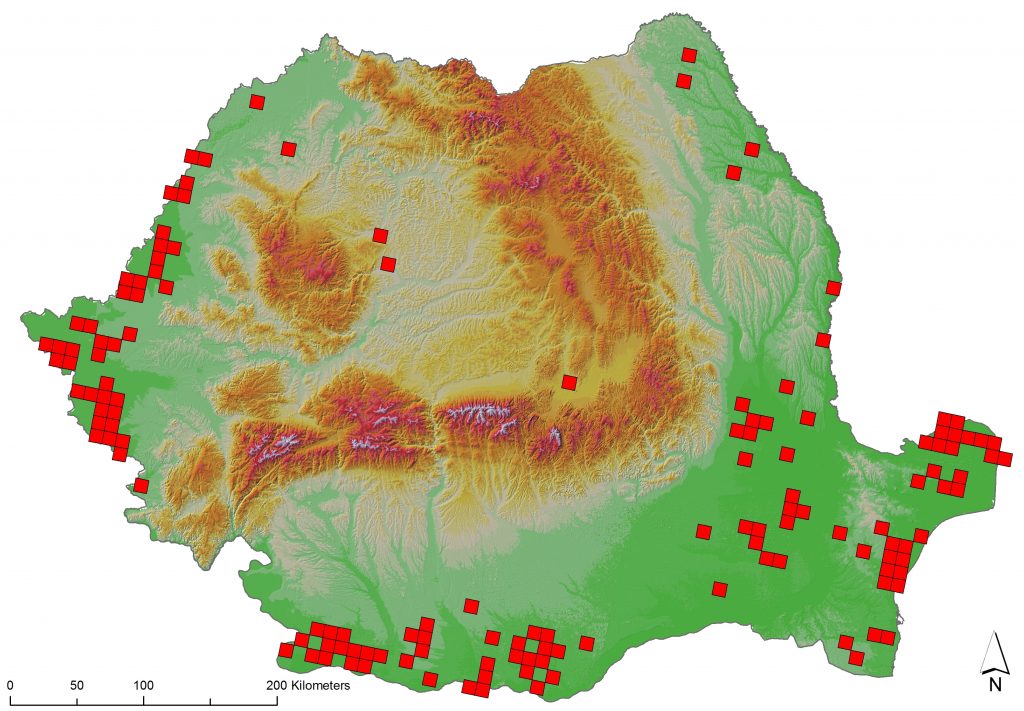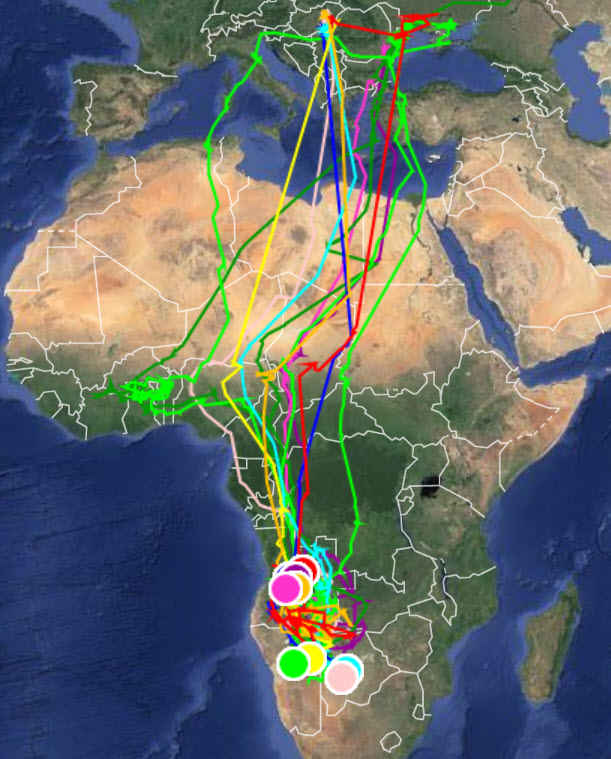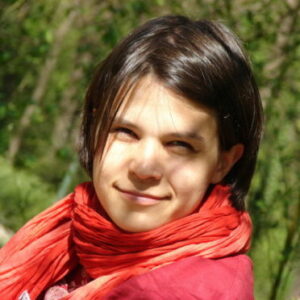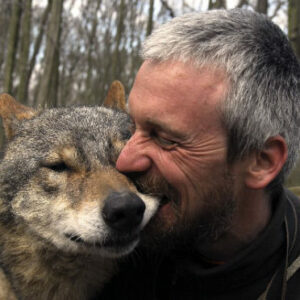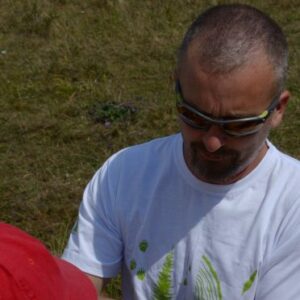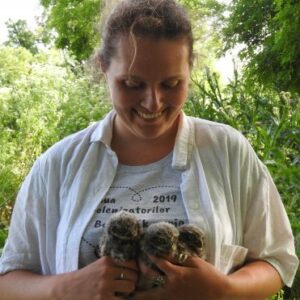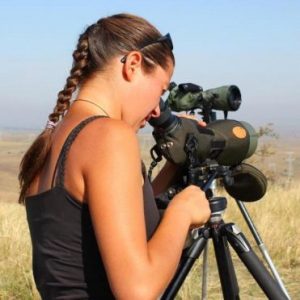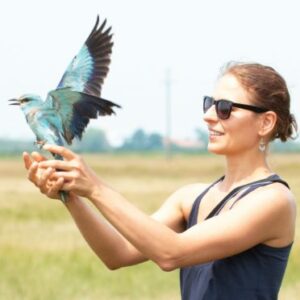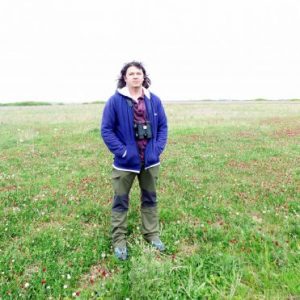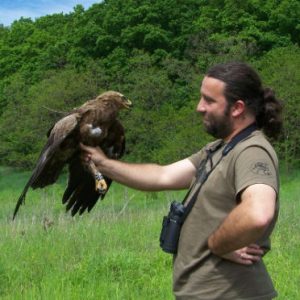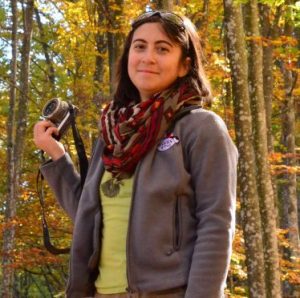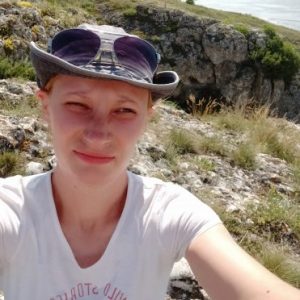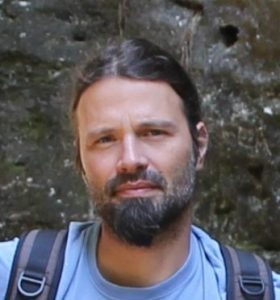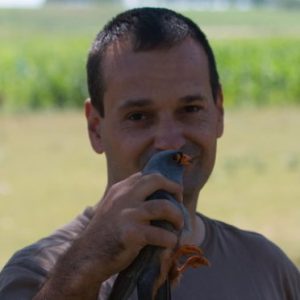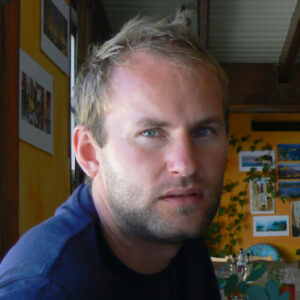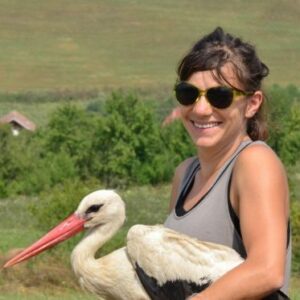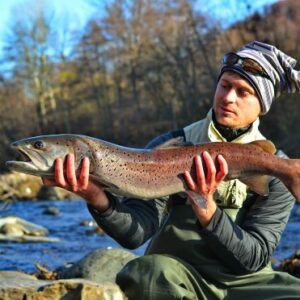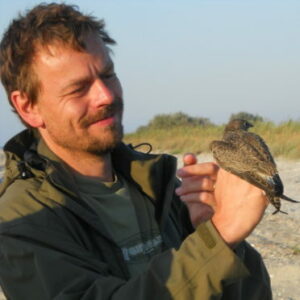The Red Kite (Milvus milvus) and the Red-Footed Falcon (Falco vespertinus) differ not only in colour but also in the regions they cover. Nonetheless, Milvus and the Red-Footed Falcon have been inseparable for almost 20 years, as Milvus Group began banding and monitoring the nesting colonies in Cri~ana in the ’90s. Our first project for the conservation of this species ran for a year and had a $5,000 budget. The second was an international LIFE project with eight partners, lasted four years and had a budget of several
million Euros.
The Red -footed Falcon is an endangered and protected bird of prey. In the temperate zones, it generally prefers grasslands and spends the winter in the countries of southern Africa. Its breeding ecology is quite peculiar in two aspects: it does not build its own nest (to raise its chicks, it occupies the nests of other birds) and, unlike other raptors of Romania, it is a gregarious bird and breeds in colonies. Since the Rook is the most common colonial bird in the Romanian lowlands, the Red-footed Falcons generally use their abandoned nests. The rooks start to breed as early as the first days of spring and, when the Red-footed Falcons return, the chicks are ready to leave their nests. Thus, the fate of the Red-footed Falcons depends to a large extent on the Rook breeding population.
This is why our Red-footed Falcon conservation programme includes the Rook as well. But their presence is not always to the liking of people, and protecting the nesting sites of the Red-footed Falcons becomes an even more difficult task. When tackling the ecology of the Red-footed Falcons, we must cover the roosting gatherings before their autumn migration. In the evenings of September, in the lowlands, several hundred, sometimes even thousands of Red-footed Falcons gather in certain groves and roadside trees, where they return every year. This is the time when they prepare for their several thousand kilometre journey. Therefore, the undisturbed roosting sites and suitable territories for food play a vital role in keeping the mortality rate during autumn migration down and the number of returning individuals as high as possible.
In the last 10 years, Milvus Group has been involved in the research and conservation of the Red-footed Falcons in Romania in all possible means. As part of a LIFE project ran between 2006-2009, we carried out a census of the Red-footed Falcon and Rook populations in Cri~ana and Banat. The evolution of the most important nesting colonies is constantly monitored. We strived to locate and assess the populations in the southern and eastern parts of Romania as well. We gathered detailed information about the entire breeding population within the country.
Together with our Hungarian partners, we monitor every year the dynamics of their numbers in the pre-migration roosting sites. In 2016, we discovered the largest roosting site known till now – to West from the Black Sea. Several Red-footed Falcons were equipped with satellite transmitters allowing us to track their migration routes and their wintering territories. To complement the natural nesting possibilities, we installed hundreds of artificial nests in Cri~ana and Banat. For over 10 years, lobbying, we’ve managed to protect the nesting sites by introducing a period of prohibition on hunting rooks during the breeding period.
At the same time, we contributed to the designation of over ten Natura 2000 areas in Romania for the conservation of this species. For some of them, we have also developed management plans and three are in our administration. As part of the Red-footed Falcon ringing programme in the Carpathian Basin, more than a thousand individuals were banded with coloured rings, and together with our Hungarian partners, we launched a genetic study of the species. Even though the conservation and research activities of the Red-footed Falcon are far and wide, they extend year by year.
